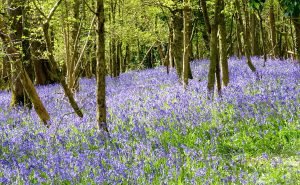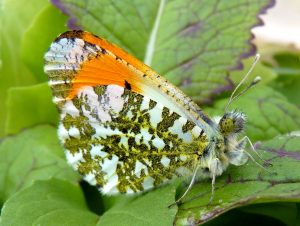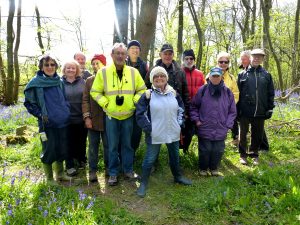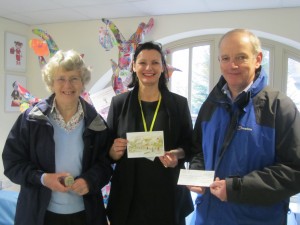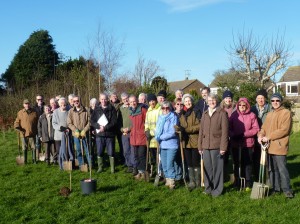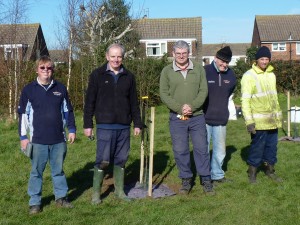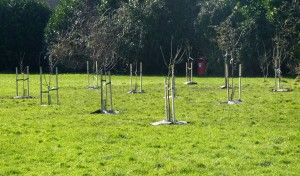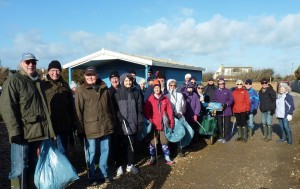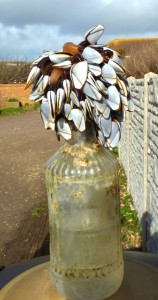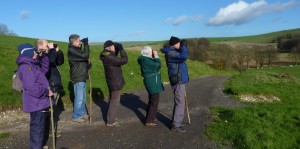On Saturday 7th May 30 members of Ferring Conservation Group attended the second beach clean of 2016. The good weather made a welcome change as the last few beach clean events took place during torrential rain or very high winds. Around 15 bags of rubbish were collected including a Cossack hat amongst other litter which consisted of mostly small items such as string, plastic bottle tops, cigarette lighters, polystyrene, cans and glass bottles.
The extent of litter sadly appears to be on the increase and research suggests that there are nearly 2,500 items of rubbish for every kilometre on a UK beach. Quantities were found to have more than doubled since 1994 with plastic litter having increased by 140%. Plastic never biodegrades, it just breaks down into small pieces but does not disappear. Microplastic particles are now found inside filter feeding animals and amongst sand grains on our beaches. It is estimated that over 100,000 marine animals die every year from entanglement or ingestion of items discarded on our beaches or at sea. You might think that much of the litter found on beaches comes from the sea, but, in fact, a Marine Conservation Society report found that 37.4% of rubbish is left on our beaches by the public.

